Using/Incorporating the OWL in Different Resources or Classes from an Instructional Designer Perspective
By Brian Newberry, Ph.D.
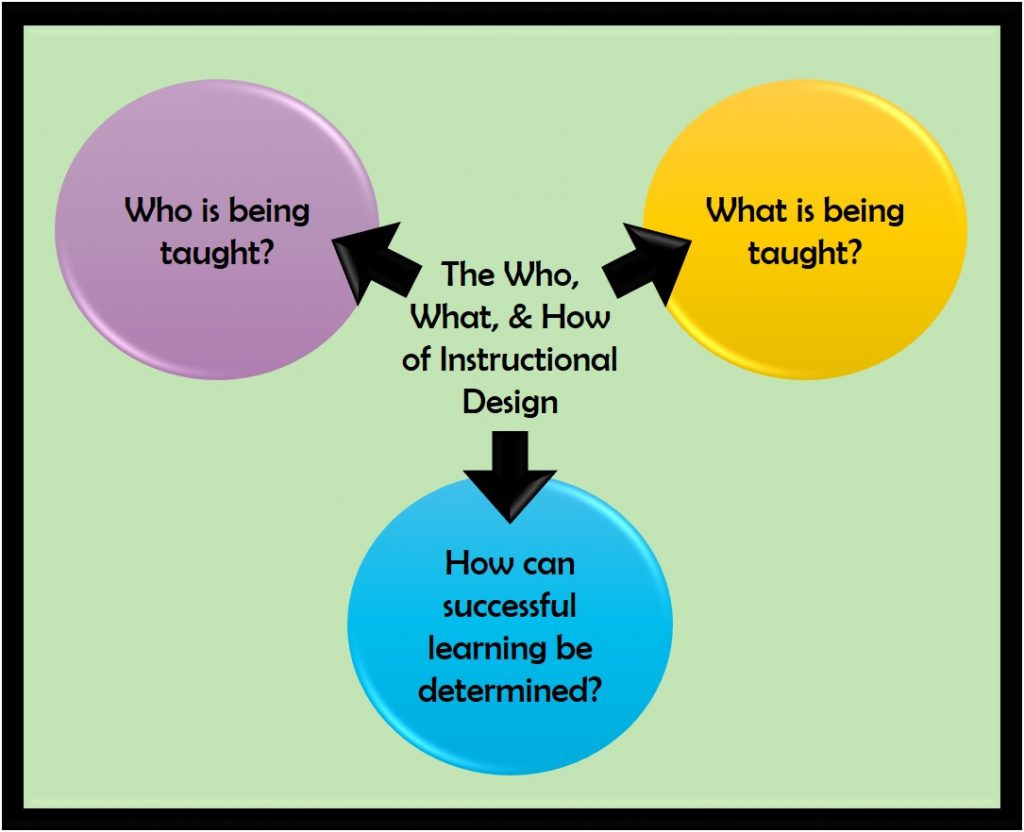
Open Education Resources such as the Excelsior OWL can be used in a variety of ways. Thinking about the OWL specifically, it might be used as a reference, as content for a lesson, as enrichment, as remediation or as part of a differentiated instruction approach.
No matter how the resource is to be used, it is useful to think about how to use it from an instructional design perspective. Of the many techniques, procedures, and models used by instructional designers the most basic is to consider three questions: Who is being taught? What is being taught? How can successful learning be determined? By considering the “who, what, and how” you can be more confident that the use of an OER like the OWL will be successful.
Who are you teaching? Try to determine their experiences with learning the content you teach. Are there experiences or methods that have worked in the past with this group? Are there some that have not worked? This will provide you with an insight into what your learners may need from the learning environment you are designing. Can you identify existing skills and abilities? A pre-test or other form of assessment might be useful to help you know what they already know. Do you have an understanding of your students’ prior experience regarding use of online content to learn? Can you identify what motivates them? By understanding more about your students you can use the OWL more effectively.
What are you teaching? Identify specific objectives your learners need to meet, then review the resources in the OWL to determine which resources teach skills related to those objectives. By identifying specific resources that teach specific objectives you can reduce the time needed to learn. Consider the content you are teaching in terms of how that content is taught successfully. While breaking the norms can sometimes be motivating, it might be wise to be informed by an existing body of knowledge that informs your method. Then review the resources in the OWL and determine how they fit in with those successful teaching methods.
How will you know that learning has been successful? Consider the ways that learning has typically been measured in the content area that you are teaching. Is there an existing measure, test, assignment, or rubric that you can use? Review your objectives and make sure that you know what assessments match each objective. The nice thing about an OER like the OWL is that you can change how you use it based on your assessments without paying extra.
Once you have determined the “who, what, and how” you are ready to begin incorporating OWL material into various parts of your learning environment. The following are some sample scenarios that show how this might work.
Scenario One: You have included a research or term paper as a requirement in a class. The primary objective is to have students demonstrate the ability to write using discipline specific vocabulary, style, and purpose. Your review of prior work in this class or program shows you that your students are more used to using MLA formatting instead of the APA format that is the style preference for your discipline. You might then provide the OWL section on documenting your source material in APA style as a reference for use. Part of your evaluation of your students’ papers will include the use of APA style formatting, in-text citations, and reference list.
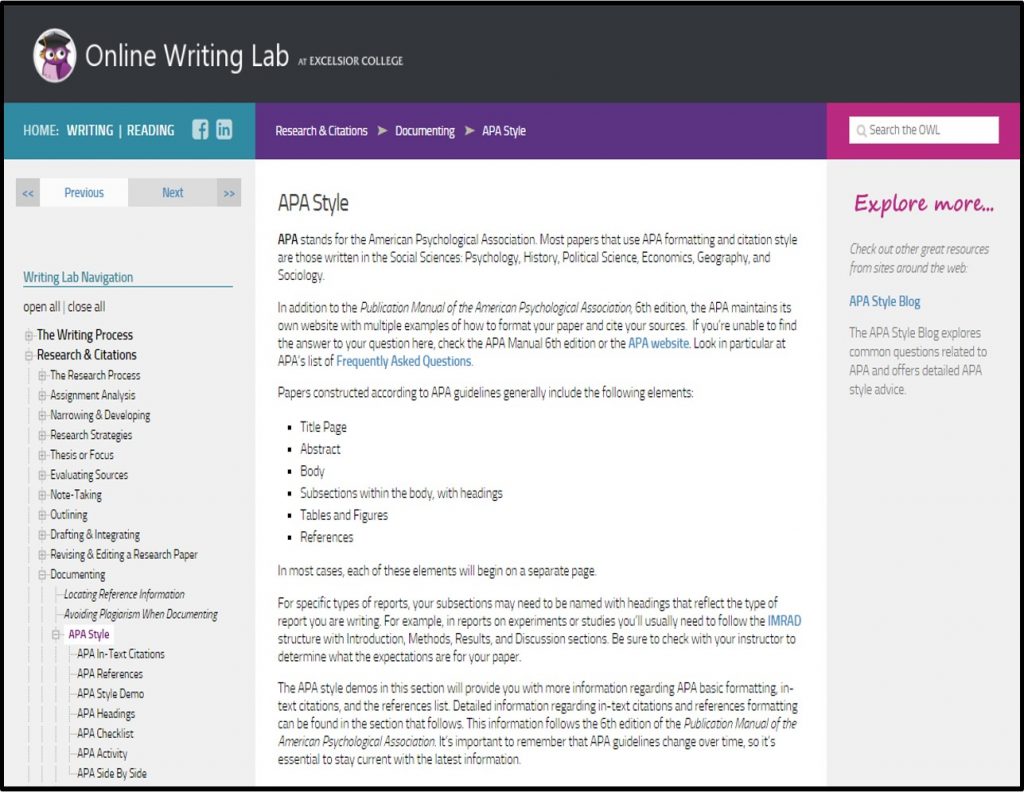
Scenario Two: You are designing a flipped class and you want to have a discussion about plagiarism in a face-to-face session. While you haven’t met your students yet, you know as a general rule that undergraduates in their freshman year are typically not knowledgeable about many aspects of plagiarism. You may want to use an online method to help raise awareness about plagiarism prior to the discussion. In this instance you might choose to embed the “How Much Do You Know About Plagiarism” activity as an engaging way to get your students thinking about the topic.
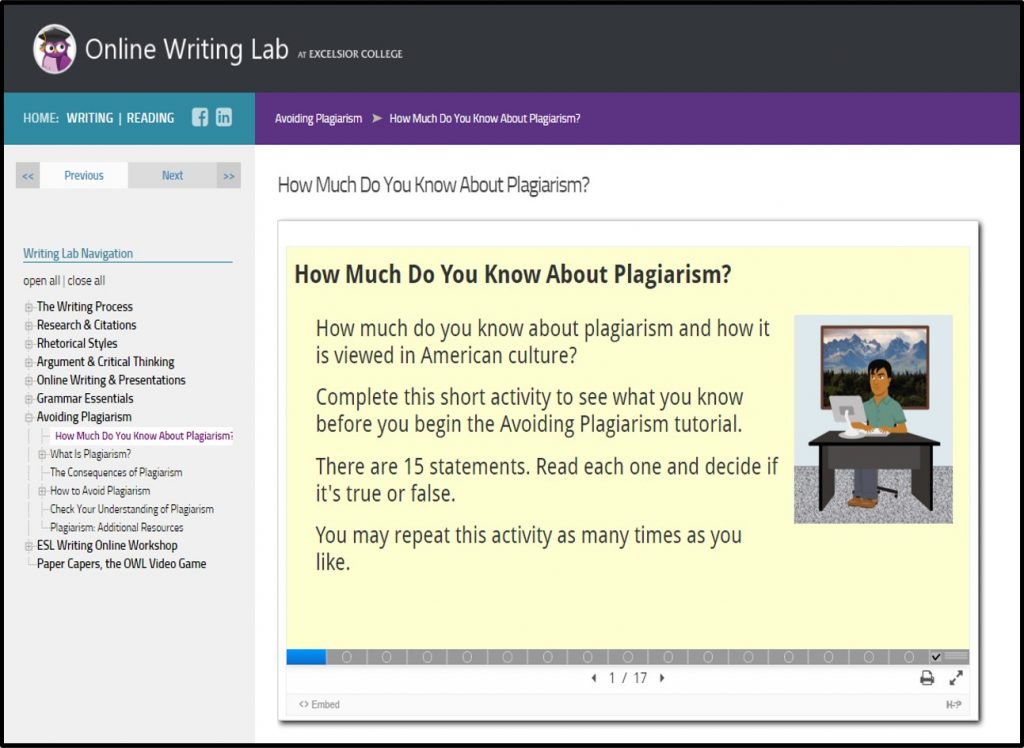
Scenario Three: Your middle school students are learning about logical fallacies. Your experience with these students has given you an insight into their learning preferences. Specifically, they like active learning and learning by creating tangible artifacts. Several students approach you for an idea to use in their computer programming class. They are supposed to create a game but can’t think of a good idea. You might show them the Logical Fallacies resources in the Argument & Critical Thinking section of the Excelsior OWL and challenge them to use the Dr. Fallacy idea as the basis for a game that presents scenarios and lets the player spot the logical fallacies.
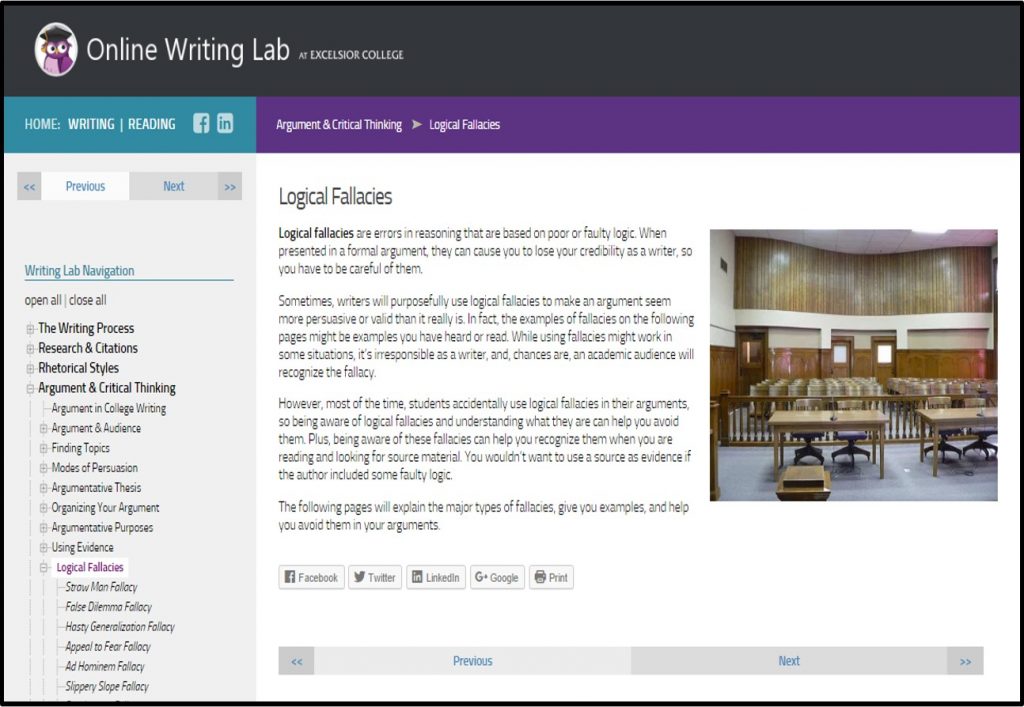
Scenario Four: Your math class is participating in a “writing across the curriculum” project at your institution. Each instructor in the project has created a writing assignment in which students are to use the writing skills they are learning in their introductory writing class. Your students generally write well but struggle at times with grammatical errors. As a math teacher, you tend to care more about the information in their papers related to the connection between music and math, but you have committed to evaluating writing mechanics and working with students on at least one improvement in their writing. As you evaluate their work, you might notice a student repeatedly making the same grammatical error. To help them improve their writing, and their grade, you could provide the student a link to the Excelsior OWL section on grammar errors as remediation and then let them resubmit their paper with corrections for a few additional points. In this way, you can individualize the feedback you give to your students and provide them with a related instructional component that will help reinforce the evaluation you provide on the paper.

Scenario Five: You have observed that the students in your class have very different learning preferences. A large number of them prefer to learn by reading, while another group prefers auditory learning. Most of your students enjoy more active learning. All of your students need to improve their writing, specifically their editing ability. The objective you have set is for them to demonstrate improved self-editing skills. You have access to a computer lab, so you take your students to the lab and provide them with the Excelsior OWL Personal Editing Guide activity. This is a great way to provide differentiated instruction because this activity provides both an audio-enabled slide show and a transcript so those who prefer auditory learning can engage with the lesson in that format, while those who prefer to learn by reading may do so. Additionally, the task is set up so that students can be actively engaged in creating a grammar journal either on the computer or in a notebook.
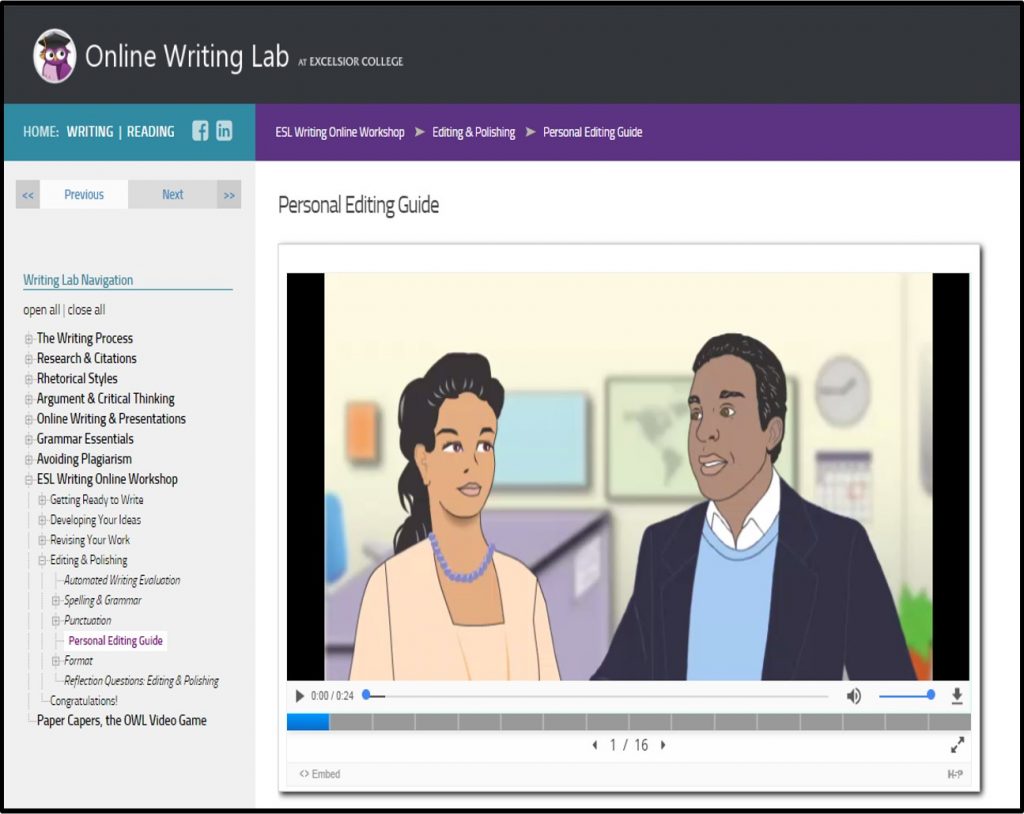
The Excelsior OWL is a very dynamic OER that can be used in many ways. There are so many resources available in the OWL, in fact, that it is important to find ways to guide students to the most applicable resources at the most appropriate times. Using an instructional design approach that considers the “who, what, and how” can be one way to help you determine what OWL resources are best suited to helping your students achieve the objectives you have set for them.
Brian Newberry, PhD is a retired professor of Instructional Technology and Design at California State University, San Bernardino. He is currently the Instructional Designer for Jackson College in Jackson Michigan and serves on the OWL Advisory Board.
